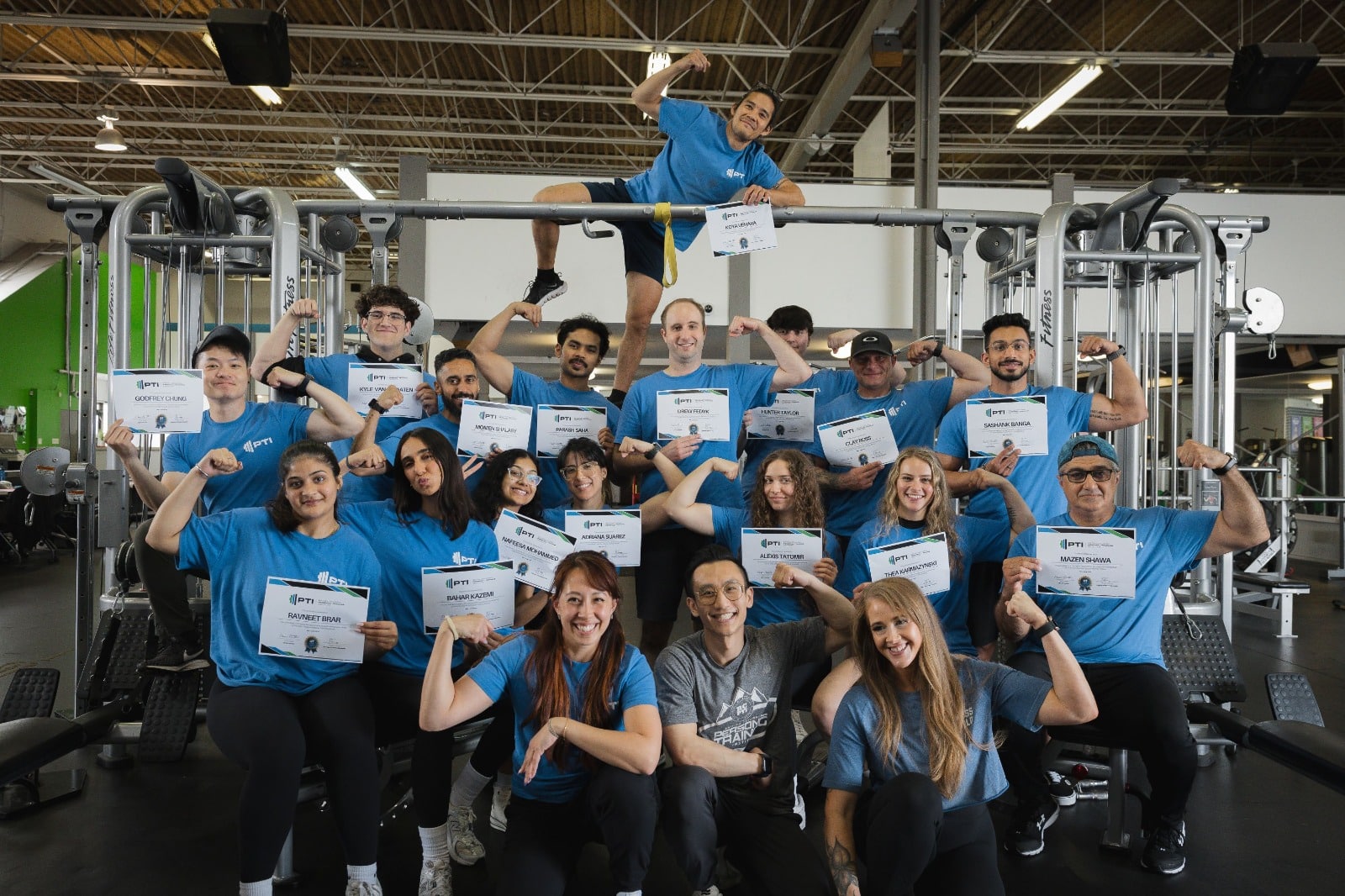July 8, 2025
The Warm Up Mindset: Rethinking Preparation, Not Reinventing It
One of the biggest challenges in fitness is sorting through all the information to find what actually works. We hear we should warm up, but also not spend too long doing it. So what’s the right balance? How do you know if your warm up is enough or too much?
Let’s clear it up: a good warm up matters. It prepares the body both physically and mentally for training. Walking on a treadmill while scrolling on your phone might break a sweat, but it’s probably not helping you perform better or reduce injury risk.
A poor warm up can actually make your workout harder. It can lead to discomfort, inefficient movement, or even injuries from loading joints and muscles that aren’t ready for it.
Mobility, Stability, and Strength: The Warm-Up Pyramid
To get stronger and move well, you need three things working together:
- Mobility: The ability to move through a full range of motion
- Stability: The ability to control that movement
- Strength: The ability to produce force in that controlled range
Your warm up should help you access all three. Most people skip straight to strength, but that often leads to breakdowns in movement and progress.
Client Spotlight: Nav’s Story
Take Nav, for example. She had been struggling with knee pain and discomfort for years. Her doctor diagnosed her with osteoporosis and recommended surgery. But instead of focusing on what she couldn’t do, we focused on what she could.
During our assessment, we found tightness in her hips and quads, and weakness in her glutes and core. With a focused warm-up that included soft tissue release, hip openers, core activation, and tractioning, we gradually improved her tolerance to load and movement.
Now, Nav is confidently leg pressing, squatting, lunging, and deadlifting—with far less pain and discomfort. Even more importantly, she feels empowered. She understands how her body moves and doesn’t feel limited by her diagnosis.
Sample Warm Up Flow Inspired by Nav
This lower-body warm up blends mobility, stability, and strength prep. You can scale it to suit individual needs.
Release (2–3 min)
- Foam roll quads and glutes (30s per side)
- Lacrosse ball on hip flexors or TFL (30s per side)
Mobility (2 rounds)
- Thoracic spine extensions (8-12 moving up/down spine)
- Half-kneeling hip flexor stretch (30s per side)
- Banded Hip Distractions (6–8 per side)
Stability/Core Activation (2 sets)
- Cable Deadbug (8-12 reps; 3-1-1)
- Glute bridge with reach (8–10 reps)
- Offset kettlebell carry or suitcase carry (15–20 yards)
Prep Movement Pattern
- – Behind the knee banded squats, bodyweight squats, goblet squats(1-3 sets of 5–8 reps, 3-1-1 tempo)
Common Warm-Up Mistakes to Avoid
Here are a few things we see often that you should watch out for:
- Skipping it altogether – Your first few sets shouldn’t double as your warmup. Prepping properly can help you lift more, not less.
- Doing too much – A warm up shouldn’t be a second workout. More isn’t better—better is better.
- Treating it like a checklist – If you’re just going through the motions, you’re not preparing your nervous system. Warmups should be intentional.
- Warming up everything – You don’t need to foam roll your entire body if you’re just doing pull-ups. Target your warm up based on what you’re training.
Your Warm Up: A Personalized Prescription
Your warm up should reflect how you feel, what your body needs, and the movements you plan to train. Focus on the main limiting factors and prep accordingly.
Here’s a loose guideline to build your own warm up:
- Release tight or overused muscles (quads, hip flexors, glutes, lats, pecs, etc.) using foam rolling, massage guns, or vibration tools
- Mobilize joints and movement patterns with stretching, dynamic drills, or traction work
- Stabilize using core activation or positional drills like bird dogs, dead bugs, planks, or loaded carries
- Prime the nervous system with quick, sharp movements like low-level plyos, skips, or footwork drills
- Integrate with a few bodyweight reps of the movement pattern you’ll be training (e.g., air squats, hip hinges, step-ups)
Warm ups aren’t just about “getting warm.” They’re about getting ready physically, neurologically, and mentally. When your prep reflects your movement needs, you’re more likely to train hard, move well, and stay healthy.
Tags:
Related Posts
We’re here to help you!
Questions, comments or want to register? Fill out the form below and we will contact you shortly. Thanks!
"*" indicates required fields


